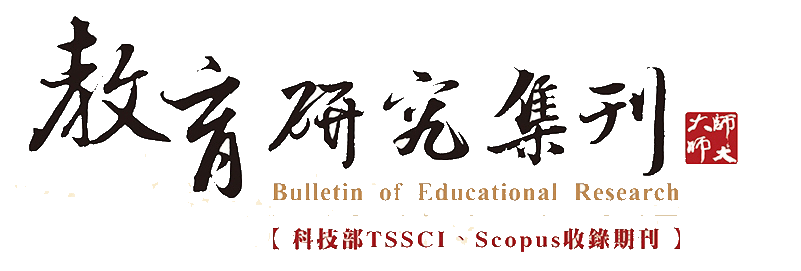| 篇名 | |
|---|---|
| 並列篇名 | The Development and Innovation of Junior High School Buildings after 1968 in Taiwan |
| 作者 | 湯志民 |
| 中文摘要 | 1968年臺灣實施九年國民教育,本文以1968至2018年為範疇,為國中學校建築發展進行歷史分期。本文採內容分析法,以描述性敘述和詮釋性分析,透過政策、法規、案例和成效的蒐集和整理,探究其發展、特色和影響因素。國中學校建築發展與革新概分為安全和標準化時期(1960∼1970年代)、創意和新建築時期(1980∼1990年代)、優質與複合化時期(2000∼2010年代)等三時期六階段。歷經50年的蛻變,從立基標準校舍、開始重視安全、創新造形萌芽、新具人文關懷、開創多元環境,到跨域複合經營,挹注不少創新觀念。期間,受美、英、日的發展,以及臺灣的社會脈絡、新政策和研究推展的影響,而有突破性的革新。未來,建置和經營也面臨跨領域之挑戰。 |
| 英文摘要 | Taiwan has implemented nine-year compulsory education since 1968. Employing content analysis, which combines descriptive narrative and interpretive analysis, this study investigates the development, characteristics and influencing factors of junior high school buildings in Taiwan from 1968 to 2018 through the collection and collation of policies, regulations, cases, and results. The development and innovation of Taiwanese junior high school buildings can be divided into three periods and six stages: safety and standardization (1960-1970s), creativity and new construction (1980-1990s), and quality and compounding (2000- 2010s). During the 50 years, the emphasis has been shifted from the standard school buildings to safety, new modeling, new humanistic care, multi-environment, to crossdomain compound management. Many innovative ideas, which have been injected into junior high school buildings in Taiwan, are influenced by the development of the counterparts in the United States, Britain and Japan. Taiwan’s social context, new policies and research has also lead to groundbreaking innovation. In the future, construction and operation will also face cross-domain challenges. |
| 起訖頁 | 037-076 |
| 關鍵詞 | 國民中學、發展與革新、發展時期、學校建築、development and innovation、development period、junior high school、school building |
| 刊名 | 教育研究集刊 |
| 期數 | 201812 (64:4期) |
| 出版單位 | 國立臺灣師範大學教育學系 |
| DOI | 10.3966/102887082018126404002 複製DOI |
| 該期刊-上一篇 | 近50年來國民教育發展之探究:九年國民教育與十二年國民基本教育政策之分析 |
| 該期刊-下一篇 | 我國國民中學輔導工作50年的回顧與展望 |








